Canoeing
This month in the world of canoeing it’s the ICF Junior and Under 23 Canoe Slalom World Championships 16-21 July in Poland.
Luckily for us, the Slalom World Cup just took place so we can show you the kind of challenges the juniors will be facing.
With thanks to British Canoeing for the use of this video.
Slalom takes place on a whitewater course. Competitors need to navigate the very fast flowing water as well as get their canoe through a series of gates.
With thanks to British Canoeing for the use of this video.
Some of the gates are upstream and some are downstream, so it’s a very physical sport involving tonnes of upper body strength. You are also timed! There can be up to 25 gates with a minimum of 6 being upstream. You know it’s an upstream gate if its red, downstream are blue. If you touch a gate you get a time penalty (2 seconds) and if you miss a gate (50 seconds).
With thanks to British Canoeing for the use of this video.
What kind of paddling on the water appeals to you?
British Canoeing know that everyone’s different and so have set up GoPaddling. On this amazing site www.GoPaddling.info you can look into canoeing, kayaking (that’s where you sit on top of a hard or inflatable kayak) and SUP –Stand Up Paddle boarding.
On the site you can look up all three and learn more about them from tips for beginners, to the right clothing to wear and there’s even a section on SUP Yoga!
With thanks to British Canoeing for the use of this video.
If you have your own canoe:
You can also go to the ‘Find UK paddling trails’ section and, like for other sports with the club finders, there’s a trail finder. You put in your postcode or town/city and then choose if the route you want is one way, out and back or circular and it brings up canoeing, kayaking and SUP trails near you!
If just starting out:
Go to the Explore section and find local centres e.g a start or discover course or paddling clubs.
Paddle-Ability:
There’s a postcode search box for Paddle-Ability clubs and centres too which provide dedicated support for paddlers with a disability.
Blogs: Loads covered in the blogs section from equipment to family paddling to how to organise a river clean with your friends.
We spoke to Nikita Setchell about canoe slalom.
Hi Nikita, can you tell us what the difference is between a slalom canoe and a normal canoe?
A slalom canoe is 3.5m long, made of carbon and is built for travelling and turning fast, while a normal canoe is more for recreational paddlers and is more stable usually being made of plastic.
What does a slalom course look like?
It consists of white water rapids with green and red poles hung over the water. The gates have to be completed in number order, with the green gates in a downstream direction and red gates completed in an upstream direction.
How do you score the most points, is it based on speed?
If you touch a gate then a 2 second penalty is added to your time, while if you miss a gate then a 50 second time penalty is added. The aim is to go fast and clean and the person with the fastest total time wins.
How did you first get involved in slalom?
Both my parents did the sport and still do, so the first time I went to a slalom I was 3 months old and grew up in the sport. The first time I started competing though was when I was 8 years old.
Do you need different skills to compete in slalom and sprint or could you do both?
There are similar skills needed in both slalom and sprint like forward paddling and good edge control. However, technique is very different and there are specialised skills needed for both like crossing a stopper in slalom.
Is it frightening when you go underwater in a canoe?
I don’t think it is frightening when you go underwater but I think it could make some people nervous the first time, but you soon learn it is nothing to be scared about.
Did you always focus on canoeing or did you enjoy other sports when you were younger?
I used to do competitive swimming when I was younger until the age of 14, where I made a choice to follow the path of canoeing instead of both. I also liked to play Hockey, Netball and Rounders while I was at High School, playing in the school teams.
What special equipment do you need to compete in a slalom race?
A slalom canoe and paddle is needed with a cagdeck, buoyancy aid and helmet.
Where do you train?
I am based in Nottingham so train at Holme Pierrepont White Water Centre but also travel to Lee Valley to train on the London 2012 Olympic course.
Do you have to do special upper body strength exercises?
In the gym we do a lot of weighted pull ups, bench pull and bench press; we do many other exercises but I would say these are the most generic for canoeing.
Which other sports do you enjoy following?
I enjoying watching Rugby and still have an interest in watching the swimming.
You’re studying Product Design at the University of Nottingham. What advice would you give about keeping up with studying as well as competitive sport?
I think it can be tough to juggle both, but the best way is to just always plan and stay organised so it doesn’t get too on top of you.
Where is your favourite place to compete?
My favourite place to paddle is in Bratislava, Slovakia where I won the European Championships. It was my favourite place before the Europeans, but now makes memories there even better.
What advice would you give to anyone thinking of giving canoeing a try?
It is great fun, bring your friends along with you to give it a try. The more you do it, the more you fall in love with the sport.
With thanks to British Canoeing for the use of this video.
Enjoyed this article? Read our others…
































